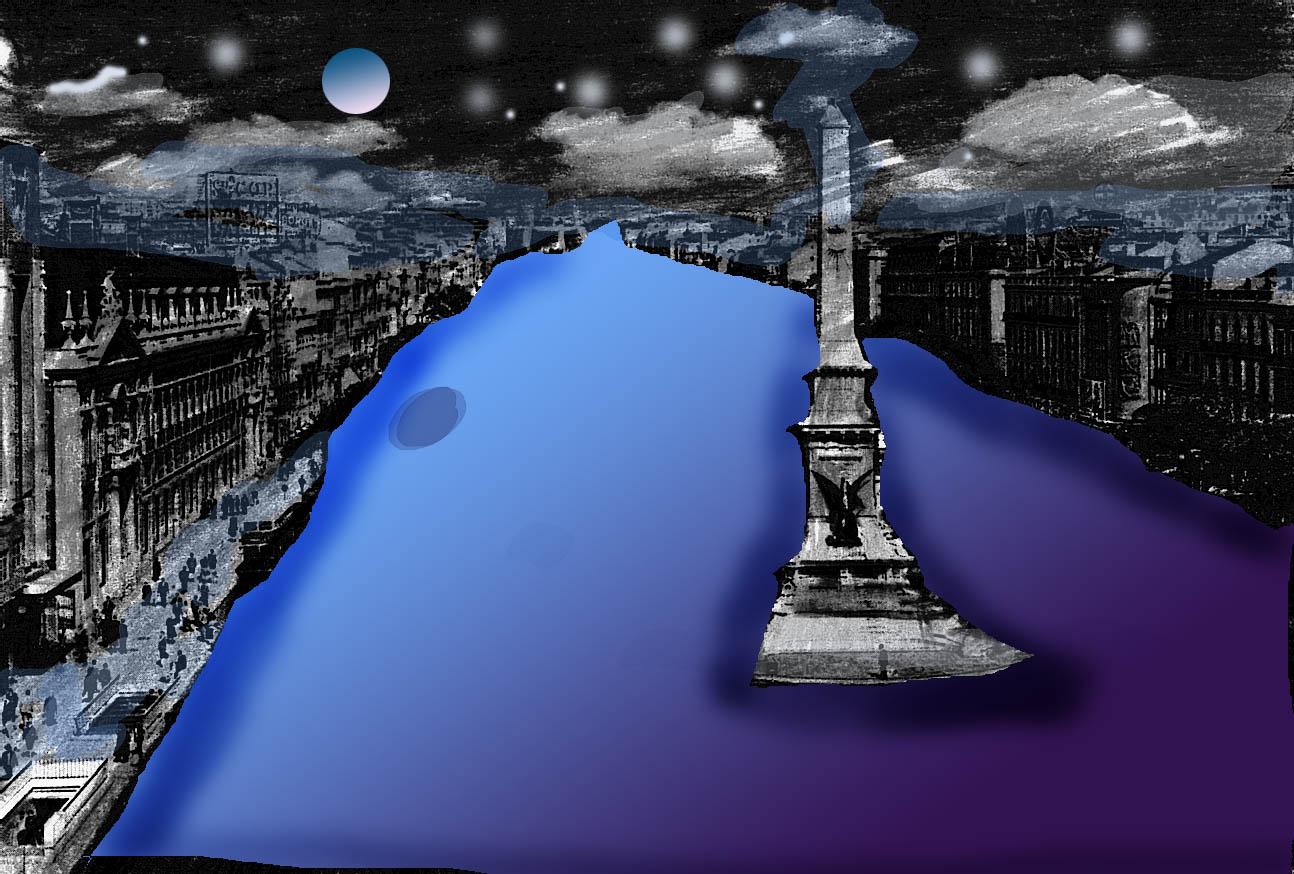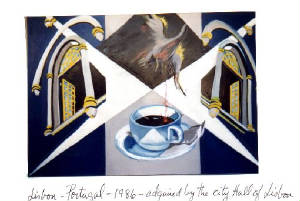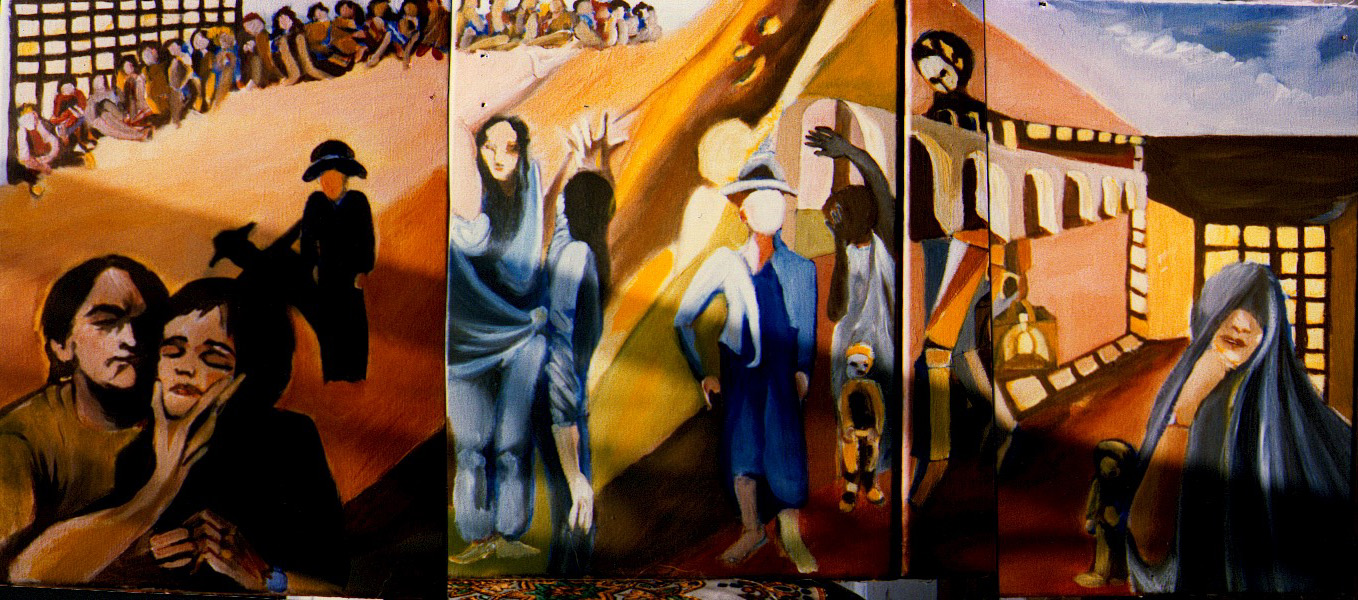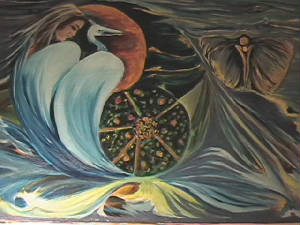| |
Montreal - JANUARY-February - Féte des Neiges (Snow Festival) celebrates the pleasures of winter in the Parc des Îles.
Montreal- JUNE- Tour de l'Île for cyclists and Canada's only Formula One race, the Grand Prix Player's du Canada for car racing
fans.
Montreal - JUNE and JULY -weekend firework displays on the banks of the Saint Lawrence, and Montréal's International Jazz
Festival, featuring concerts around the city. Every summer my favorites are the Montréal Jazz Festival, - July 1-11 Over
500 shows, including 350 of them free, are presented in the heart of downtown Montréal. This unique city festival presents
the greatest artists.The Just for Laughs Festival, - July 15-25,
the world's largest and most renowned comedy festival. It brings together artists from the four corners of the planet to
laugh and celebrate Montréal's joie de vivre! over 2,000 performances for the entire family, including 1,300 free, outdoor
shows in Montréal's splendid Quartier latin.
Montreal -JULY - Juste pour Rire (Just for Laughs) Festival brings together some top comedians, or dance at the Nuits d'Afrique
celebrations.
Montreal -JULY and AUGUST - Francofolies de Montréal, a festival of French song with many performances
Montreal AUGUST and SEPTEMBER - Festival des Films du Monde (World Film Festival) takes place over three weeks
The island of Montreal is not only Canada's second largest city, today, numbers 3.4 million people of virtually every single
nationality and creed on the planet. it's the second largest French-speaking city in the world outside of France! When Montreal
became a city in 1831, the British actually outnumbered the French. Montreal was briefly the capital of Canada, from 1844
to 1849.Today it is officially bilingual and proud of its status as the largest French-speaking city in North America. In
fact, this is a wonderful example of a truly international city where newcomers feel right at home and visitors will always
find someone who speaks their language.
Located on a large island in the ST LAWRENCE RIVER,this great river carries the waters of the Great Lakes to the Atlantic
and provides Montreal with a route to the ocean. Two other rivers converge near on is the OTTAWA RIVER the other the RICHELIEU
RIVER provided a route southward. Rapids once blocked the way to the Great Lakes. A series of canals brought goods from Ontario.
Thus, Montreal's location helped to make the city a center of trade and industry. About two-thirds of the population is French
speaking, and only 13% of the people have English as the first language they learned. Those who first learned other languages
than English or French account for nearly 18% of the population. These groups include Italians, Chinese, Germans, Greeks,
Poles, Portuguese, Spanish, West Indians, and Ukrainians. Montreal is still the transportation centre of Canada. It is one
of the largest inland ports in the world. The ST LAWRENCE SEAWAY opened in 1959. It enabled oceangoing ships to sail to the
Great Lakes, allowing many ships passing by Montreal to stop.Today about 2100 ships still stop at the port of Montreal. The
Seaway, through the Beauharnois generating station, provides the city with electrical power. Two-thirds of Quebec's manufacturing
is done in Montreal. Large industries include aircraft building and printing and publishing. With the largest clothing industry
in Canada. It manufactures pharmaceutical, metal and electronics products.The city was once the headquarters of many banks.
It is the financial centre of Quebec, but TORONTO has replaced Montreal as the financial capital of Canada. There are now
numerous radio stations and six television stations, four in French. There are more French programs produced in Montreal than
anywhere in the world except Paris, France. In the last 30 years i have not seen this city evolve, economically or other,
since most of it's residents are bilingual the reason is a mystery to me.
Hope the project for the new CASINO trying to move to the poor areas ( Point St. Charles) doesn't get approved. Our GOVERNMENT
doesn't want to legalize Pot or make it available for the sick ? but they are making a fortune and support far worst addictions
in my opinion as alcohol and gambling, with unemployment on the rise where is the morality in this ? St. Henri for example
has inhabited spaces by the train track that are inhuman to live in. The idea also that residential streets can have an
industrial noisy side is the most absurd thing of this city . Much of it's land is contaminated and our mare expects the clean
up to be paid by it's poor residents of Coop's or new investors. Many residents of St.Henri don't even know their children
may be playing on contaminated land. There is no law that obliges these commercial buildings in Montreal to even pave their
surroundings, and they don't because dirt roads are better for the trucks that legally unload at any hour day or night. Some
decrepit unsafe buildings like the one facing me scare the hell out of their neighbours when often at 4 a.m. we hear sounds
like gun shots and prefer to think it's fire crackers, yeah strange cars, people running in and out in the dark playing with
fire crackers ? Everyone here questions how a few minutes from downtown we have this medieval industrial back yard in the
year 2005 unhealthy for everyone. In my Coop the rent in 4 years was raised more than 100% because of the value of the land
not the quality of the area. The metro station in St. Henri is often a "police hangout" ( cops in groups of 6 or 12 ) harassing
young students as they leave schools not allowing for social contact... The area does not need more repression, instead it
needs support and social "free" spaces for the youth to enjoy, exchange ideas, in the free time and grow heathy by creation
of new jobs supported by and for the community and the mare of this city. Not Tim Hortons' and McDonnal's only, the multicultural
youth doesn't want these anymore. Further more....ESTIMATION OF THE SEISMIC SITE RESPONSE
"The Montreal Urban Community (MUC) is located on an island bordered southward and eastward by the St. Lawrence River and
westward by the Des Prairies River (Figure 2). Many geological episodes during the Cambrian to Late Quaternary have shaped
its landscape. A failed rift is at the origin of the limestone and shale basement and an up-doming over a hot-spot fashioned
the hill of Mont-Royal. Alternating periods of glaciations and melting shaped and deposited considerable quantities of soft
material later
altered by the emergence of the Champlain Sea and giving clay and sand layers. Finally, the influences of the St. Lawrence
River and its secondary channels have deposited fine and coarse materials on the banks.
A comprehensive review of glacial and sedimentary episodes is provided by Prest and Hode-Keyser [14] (Figure 2). The map of
surface deposits shows clay deposits at the periphery of the island to the south, east, and west and sand deposits in the
south central area and at both tips of the island. The land-use map of Montreal indicate that some strategic areas of the
city are within soft soil zones, in particular, the downtown area and the Port of Montreal "
By any standards, Funami's debut album made in Montreal is a sleek, dramatic slice of electronica, but it's startling when
you know that the 10 songs are created from just one voice. What we initially believe to be a bank of rubbery bass synths,
celestial arpeggiators and guitar FX turns out to be the net result of putting vocalist Alex Désilets through a whole shedload
of studio wizardry. Even the drum sounds take their origins from
this guy's fricative and plosive vocalizations. All of it painstakingly assembled by Tiago Conceiçao. The Canadian-Portuguese
project has resulted in what the Portuguese now call the "Vox Machina", a whole
album of original and soulful electronic music, given warmth by being built, note by note and beat by beat, from a human voice.
One voice-one album!
Go check it out! http://www.funami.com
| dream / oil |
|
|
| sonho/oleo 2X3 |
|
|






